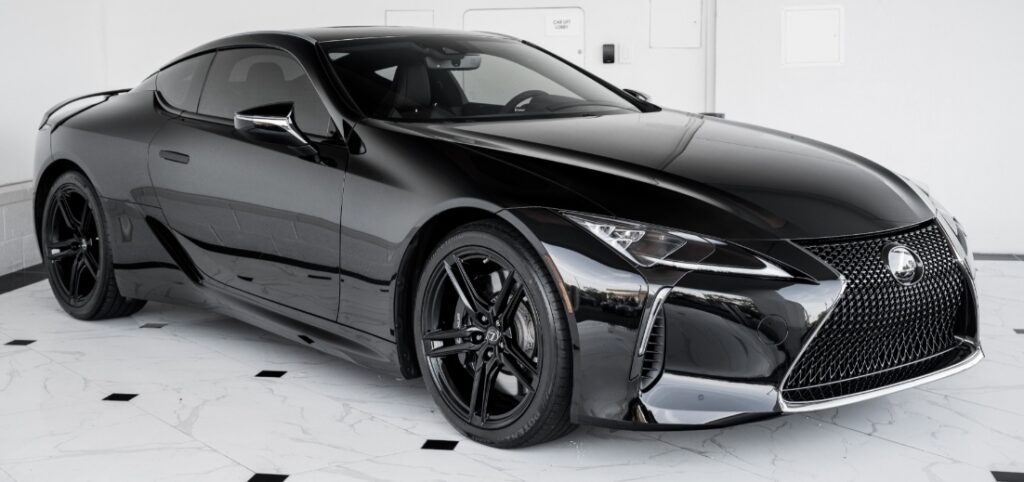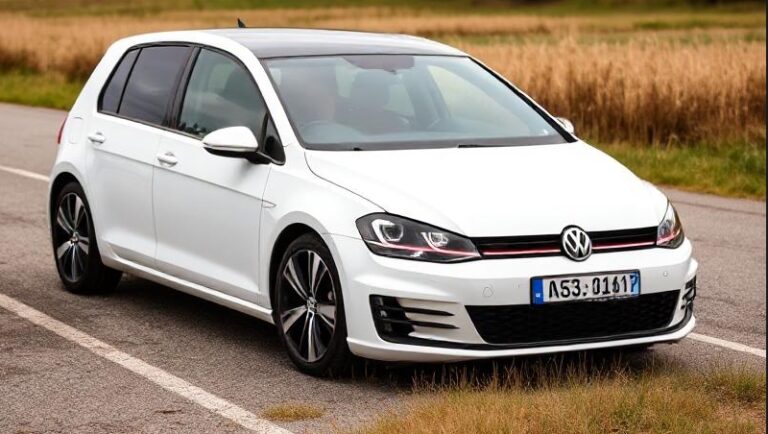The Evolution of the Lexus LC and RC: A Comprehensive Overview
The Lexus brand, renowned for its luxury, craftsmanship, and innovative engineering, has continually evolved its lineup to meet the demands of discerning drivers worldwide. Among its standout models are the Lexus LC and RC, which exemplify the brand’s commitment to performance, style, and technological advancement. This article traces the development of these two models, detailing their production years, model variations, and key features.
Lexus LC: The Flagship Grand Tourer
Introduction and Development
Launched in 2017, the Lexus LC marked a significant milestone as Lexus’s flagship grand tourer, blending Japanese craftsmanship with high-performance engineering. Its development aimed to compete with European luxury coupes like the Mercedes-Benz S-Class Coupe, BMW 8 Series, and Porsche 911, emphasizing a combination of luxury, performance, and bold design.
Production Timeline
- Introduction Year: 2017
- Current Production Status: Continues to be produced as of 2023
The LC has undergone several updates since its debut, primarily focusing on technological enhancements and new powertrain options.
Lexus LC: Model Variants and Trim Levels
Initial Launch (2017)
The inaugural 2017 Lexus LC was available in two primary variants:
- Lexus LC 500
- Powered by a 5.0-liter V8 engine (1LR-GUE) producing 471 horsepower and 398 lb-ft of torque.
- Rear-wheel drive (RWD).
- Standard features included a 10-speed automatic transmission, adaptive suspension, and a luxurious interior with premium materials.
- Lexus LC 500h (Hybrid)
- Featured a 3.5-liter V6 hybrid system paired with a multi-stage hybrid transmission, delivering combined outputs of approximately 354 horsepower.
- All-wheel drive (AWD) was optional on the hybrid model.
- Focused on combining high performance with efficiency.
Subsequent Years and Updates
- 2018-2020:
Minor updates included the addition of new color options, standardization of certain features like Mark Levinson audio systems, and the introduction of new wheel designs. - 2021 Refresh:
Lexus introduced a mid-cycle refresh for the LC lineup, featuring: - New exterior color options, including a striking “Noble Brown” and “Iridium” Silver.
- Enhanced interior materials and updated infotainment systems with larger screens.
- Additional driver-assistance features, such as adaptive cruise control and lane-keep assist.
- 2022-2023:
Continued refinement with software updates, new wheel designs, and limited-edition models like the LC Inspiration Series, which showcased unique paint schemes and interior trims.
.
Are these vehicles really the Future Classic Cars ???
.
The Lexus RC: The Compact Luxury Coupe
Introduction and Development
The Lexus RC was first introduced in 2014 as a sporty, compact luxury coupe intended to rival the BMW 4 Series, Audi A5, and Mercedes-Benz C-Class Coupe. It was designed to offer a blend of performance, agility, and style, with an emphasis on driving dynamics.
Production Timeline
- Introduction Year: 2014
- Current Production Status: As of 2023, the RC remains in production, with ongoing updates.
Lexus RC: Model Variants and Trim Levels
First Generation (2014-2020)
The initial RC lineup included several variants:
- Lexus RC 300/RC 300h
- The RC 300 was powered by a 2.0-liter turbocharged four-cylinder engine producing 241 horsepower.
- The RC 300h hybrid combined a 3.5-liter V6 with electric motors, producing around 308 horsepower.
- Both models offered rear-wheel drive, with the hybrid also available in AWD.
- Lexus RC 350
- Powered by a 3.5-liter V6 engine with 311 horsepower.
- Offered RWD and AWD configurations.
- Focused on delivering a balance of sporty performance and luxury.
- Lexus RC F
- High-performance variant introduced in 2015.
- Powered by a 5.0-liter V8 engine generating 467 horsepower and 389 lb-ft of torque.
- Equipped with a 8-speed automatic transmission, sport-tuned suspension, and performance-oriented features such as a limited-slip rear differential and carbon-ceramic brake options.
Mid-Cycle Refresh (2020)
In 2020, Lexus refreshed the RC lineup:
- Exterior: New front grille design, sharper LED headlights, and updated rear taillights.
- Interior: Improved infotainment system with a larger touchscreen, available Mark Levinson audio, and new interior trim options.
- Powertrain: The RC 300h received updates for better hybrid efficiency, while the RC 350 and RC F retained their core engines but received software enhancements for improved responsiveness.
Recent and Special Models (2021-2023)
- 2021-2023 Updates:
Continued emphasis on technology, including standard wireless Apple CarPlay and Android Auto. Some models received adaptive suspension and additional driver-assist features. - Limited Editions:
Lexus occasionally releases special editions such as the RC F Track Edition, emphasizing track-ready performance with lightweight components, unique badging, and exclusive color schemes.
Key Features and Technological Evolution
Both the Lexus LC and RC have seen significant technological enhancements over the years:
- Infotainment: Transition from smaller screens to larger, high-resolution displays with Apple CarPlay and Android Auto integration.
- Driver Assistance: Introduction and refinement of Lexus Safety System+ technologies, including adaptive cruise control, lane departure alert, pre-collision systems, and more.
- Performance Technologies: Adoption of adaptive suspension systems, variable valve timing, and hybrid systems for improved efficiency and handling.
Design and Aesthetic Evolution
The Lexus LC’s bold, sculpted exterior has remained consistent, but subtle updates have refreshed its look. The spindle grille, signature LED lighting, and aerodynamic bodywork have been refined through the years.
The RC has maintained its sporty coupe stance, with updates to its front and rear styling to keep it modern and competitive. The addition of aggressive front grilles, sharper headlights, and sporty rear diffusers has kept the RC visually appealing.
Market Position and Reception
The Lexus LC has been praised for its luxurious interior, striking design, and powerful engine options, especially the V8-powered LC 500. It has carved out a niche as a grand tourer that combines Japanese luxury with performance.
The RC, meanwhile, has been appreciated for its sporty handling, versatile engine options, and value proposition within the luxury coupe segment. Its availability in hybrid form also appeals to environmentally conscious buyers seeking performance and efficiency.
Conclusion
The Lexus LC and RC exemplify Lexus’s evolution from traditional luxury sedans to bold, innovative coupes and grand tourers. The LC’s introduction in 2017 represented Lexus’s move into the high-performance luxury segment with a flagship model that balances comfort and power. Its continuous updates have kept it relevant and competitive.
The RC, launched in 2014, has maintained its position as a sporty, versatile coupe, with incremental updates that enhance technology, comfort, and performance. Its range of models and trims allows Lexus to appeal to a broad spectrum of luxury and performance enthusiasts.
Together, these models highlight Lexus’s commitment to blending Japanese craftsmanship with cutting-edge technology and dynamic design. As they continue to evolve, the LC and RC are poised to remain significant players in the luxury performance vehicle segment for years to come.








